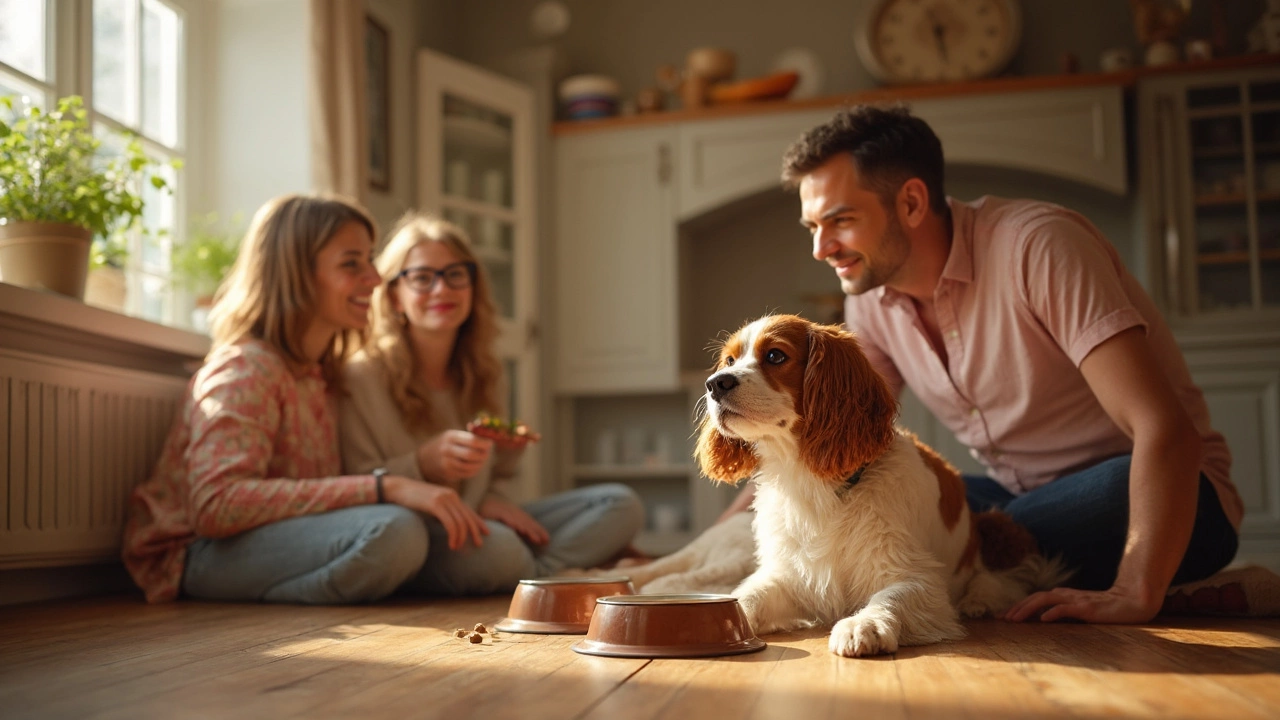Dog Poop Timing: How to Know When Your Dog Will Go
Ever wonder why your dog seems to have a hidden alarm for bathroom breaks? Most pups follow a pretty predictable pattern once you know what to watch for. Understanding the timing helps you avoid messes, plan walks, and spot health issues early.
What Influences Your Dog’s Bathroom Clock
Food is the biggest driver. Dogs usually need to go about 15‑30 minutes after a meal, give or take an hour depending on the size of the meal and the dog’s metabolism. A high‑fiber diet can speed things up, while a heavy, fatty meal may slow it down.
Age matters too. Puppies have tiny bladders and fast digestive tracts, so they may need a bathroom break every 2‑3 hours. Senior dogs often slow down, but they might also need more frequent trips if they have kidney or joint issues.
Activity level plays a role. A brisk walk after lunch stimulates the gut, prompting a quick poop. On the other hand, a lazy day on the couch can delay the urge for several hours.
Water intake is another clue. Dogs that drink a lot of water in the morning usually need a bathroom break within an hour after waking. If you notice a sudden change in how much your dog drinks, keep an eye on the timing – it could signal a health problem.
Stress and excitement can also shift the schedule. A new environment, a trip to the vet, or a big thunderstorm can cause a dog to either hold it longer or go urgently.
Tips to Keep the Timing Consistent
Feed on a set schedule. Most owners find that two meals a day – breakfast around 7 am and dinner around 6 pm – creates a reliable poop window in the late morning and early evening.
Take your dog out 15 minutes after each meal. Even if they don’t go immediately, the routine trains their body to expect a break.
Use a cue word like “go” or “potty” each time you take them out. Over time the word alone can signal their bowels to start working.
Watch the signs: sniffing the floor, circling, or heading toward the door usually means they’re about to go. Catching these cues early lets you intervene before accidents happen.
Keep a simple log for a week. Write down feeding times, water intake, and when your dog actually poops. Patterns emerge quickly and you’ll know the average window for your pup.
If the timing changes dramatically – like a sudden need to go multiple times a day or long gaps between trips – call your vet. It could be an upset stomach, parasites, or a more serious condition.
Finally, stay flexible. While most dogs stick to a routine, life throws curveballs. Adjust feeding, walk times, or water amounts as needed, and your dog will adapt.
Knowing your dog’s poop timing takes a bit of observation, but once you’ve got the rhythm, bathroom breaks become a breeze for both of you.
How Long After Eating Does a Dog Poop? Timing, Factors, and Useful Tips
Wondering how long after eating your dog needs to poop? This article breaks down the timing, what affects digestion, and the impact of different foods. Learn how routines and keeping an eye on your dog's habits can make bathroom breaks smooth and predictable. Get practical advice for handling puppies, adult dogs, and occasional surprises. Perfect if you're tired of guessing when to grab the leash.
